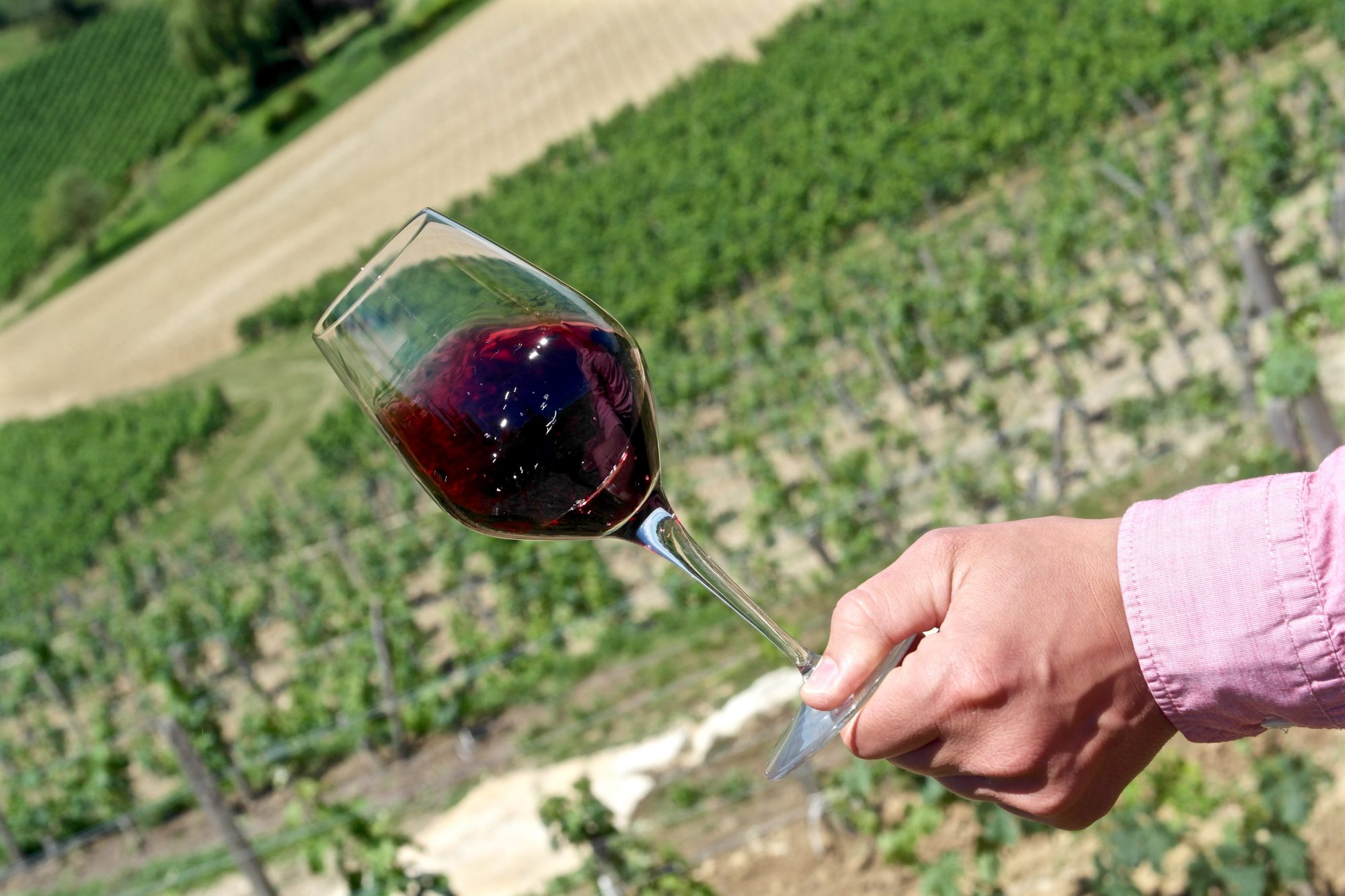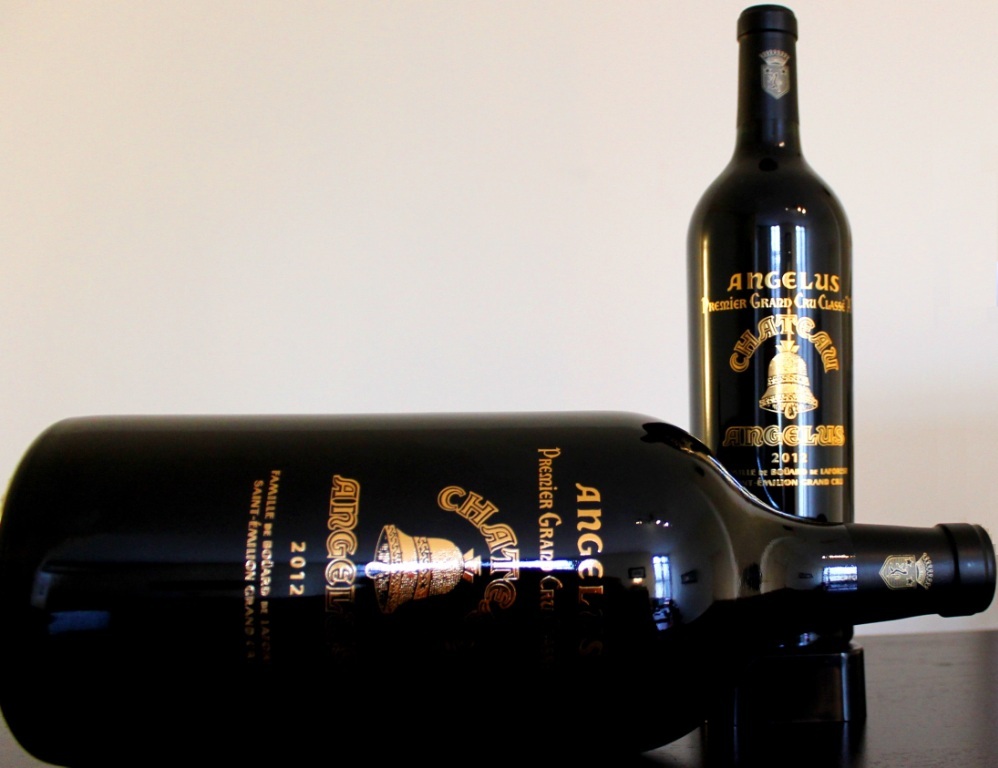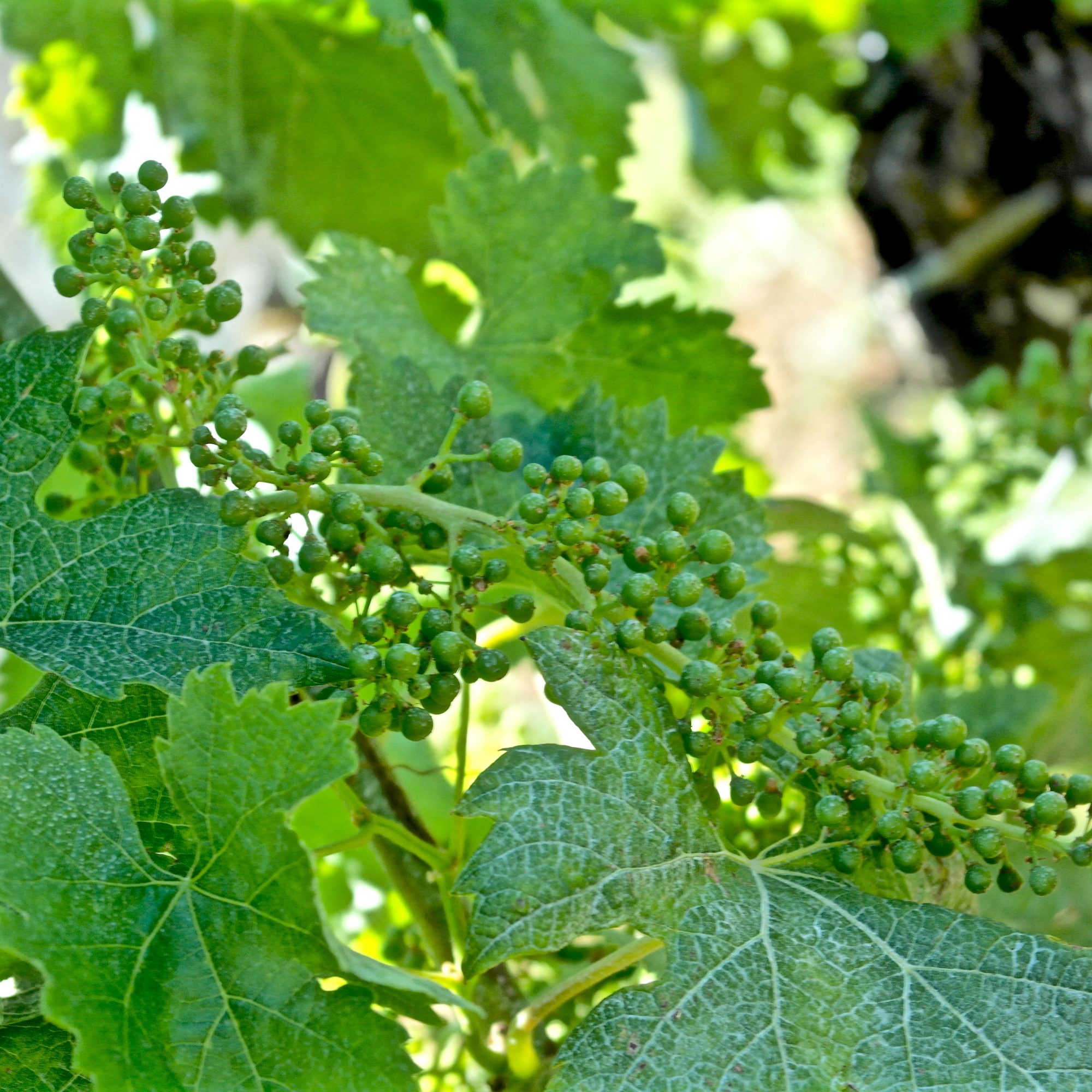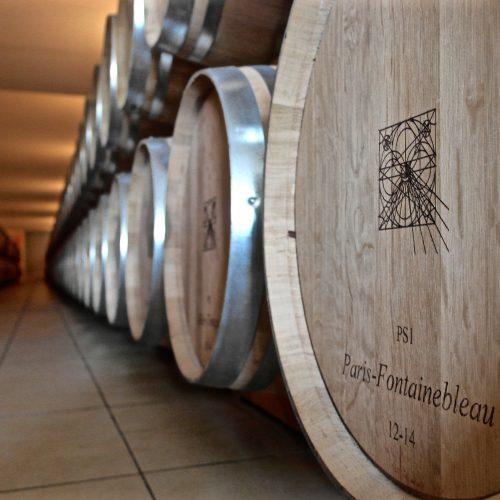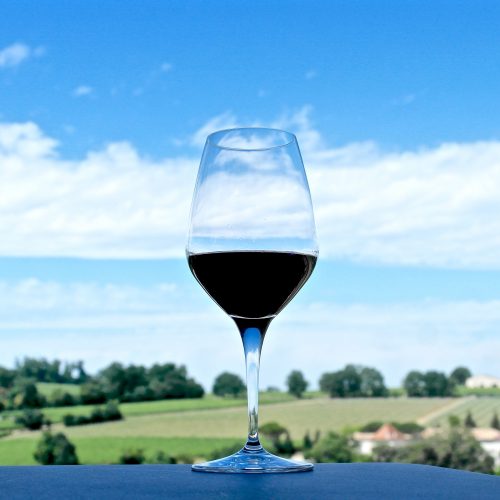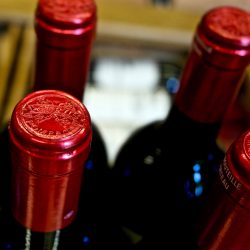France, Bordeaux: 2015 – Nature Gives a High Five
The headlines for the Bordeaux vintage are as follows:
1) Generally, 2015 is an excellent vintage. Across the region, the wines do not possess the consistency demonstrated by 2009 or 2010 at this stage, though you could argue that it might pip the quality of 2005 due to subsequent advances in technology and know-how. Certainly, I cannot remember the 2005s displaying such fine tannin, although they did show more density and structure out of barrel.
2) As mentioned in this introduction, quality is not geographically uniform. The best wines tend to be in the southern Médoc, specifically Margaux and Pessac-Léognan, across the Right Bank in Saint Emilion and Pomerol, then into several satellite appellations. Limestone soils and vineyards with a healthy proportion of Cabernet Franc produced many of the vintage’s peaks. Elsewhere, it is a little patchier for sure, but with many gems to be found.
3) The heady peaks of 2015 stand shoulder to shoulder with 2009 and 2010. I am not certain everyone will agree with that, however, there is a small cluster of wines that will be benchmarks for their respective estates. This is where there is a conjunction of favorable climatic conditions, propitious terroir and clever winemaking practiced by a clever winemaker.
4) In terms of barrel samples, the red 2015s demonstrated bright and lucid colors; vivid and highly perfumed, often quite floral aromatic profiles allied with fine and unobtrusive tannins that often lend them velvety textures. Samples were relatively easy to taste compared to 2000, 2005 and 2010. Acidity levels tend towards low pH levels thanks to the cool September nights, thereby imparting a great deal of freshness that is often crucial in counterbalancing their opulence. The 2015s’ silky textures might tempt some wine-lovers into drinking them early, however…
5) …The best 2015s have the substance, balance and complexity to merit long-term aging. My fear, one shared with winemakers, is that many of these 2015s will not be given the opportunity to reach their plateau of maturity after 20, 30 or 40 years. That would be a crying shame. There are plenty of wines that are born to drink earlier and will give just as much pleasure.
6) It is clear that the northern reaches Médoc were affected by the September rain. That does not imply that they are poor or not worth consideration (depending on prices). On the contrary, many are very good. It is simply that when juxtaposed with their counterparts further south, in areas unaffected by rain, you can discern that potential quality in the final blend was compromised, despite Herculean efforts by some winemaking teams.
7) Most Saint Emilion 2015s possess alcohol levels between 14.3%-14.8%, though it should be remembered that this is a result of Nature – the arid summer, optimal amount of showers and then a dry, warm September – rather than premeditated manipulation of alcohol levels through excessively late picking or warm fermentation temperatures. Consequently, I found that many, though not all of these wines, retain their balance and terroir expression – particularly on limestone soils.
8) The dry white Bordeaux are generally high in quality due to benign conditions during the summer and harvest. Some of the Sémillons were occasionally affected by the August rain, but less so the Sauvignon Blanc. Acidity levels were locked in by the cool nights in early September and though many are drunk young, they will repay cellaring.
9) Do not overlook Sauternes! You will…I know that…but there is no harm in repeating it. The region produced a host of outstanding sweet wines with good botrytis levels, rich in sugar between 130-150 grams per liter, but more crucially, marked acidity and tension. One mark of the 2015 vintage is a consistency across the board thanks to the almost leisurely manner in which botrytis spread across the vineyards. For once, the pickers in Sauternes had “options” and the results can be seen in the glass.
Reference Report from Neal Martin April 2016(E. Parker)

